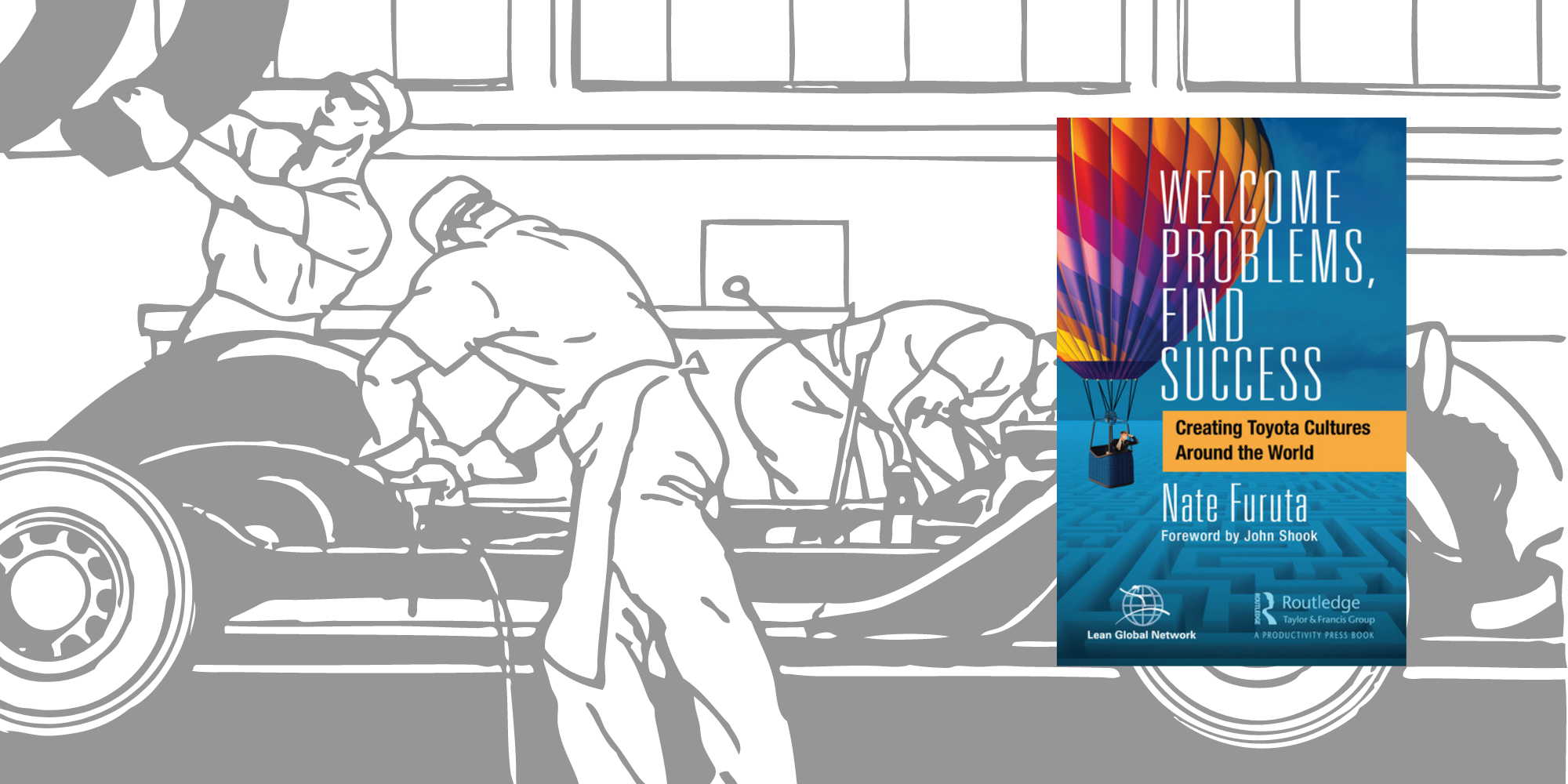
Is Barcelona's government run with lean thinking?
OPINION – When thinking about Barcelona, most of us think of Gaudí’s architecture, tapas and beach weather, but the Catalonian capital might also be a worthy example of lean principles applied to city management.
Words: Boaz Tamir, President, Israel Lean Enterprise
Have you ever thought about it? Taxi roof signs might just be one of the most common examples of visual management in every-day life. When the light is on, you know the taxi is for hire; when it is off, the vehicle is taken.
On a recent trip to Barcelona, I noticed that the city’s cabs have taken this very simple visual display to the next level: when the taxi is taken, the sign also carries the numbers 1, 2, or 3 to reveal the fare the passenger on board is being charged. When I asked my host about the numbers, he replied: “Transparency and visibility are basic principles of Catalonian trade. A taxi driver must follow clear and strict rules – the area of the ride, its duration, the number of passengers and that of suitcases all determine the fare. We Barcelonians almost take it for granted.”
Locals might see transparency as a given, but the fact that the rate is clearly displayed allows for the enforcement of rules, to the benefit of both the provider and the user.
According to my host, Catalonia’s public policies are based on traditions dating back hundreds of years. In the 13th century, for example, the Consulate of the Sea was established to determine the laws and standards of commerce and economic transactions between nations and cities across the Mediterranean.
This governance system (set by the public for the public, and based on a legal framework that defined the boundaries of the playing field but didn’t intervene in its content or characteristics) was responsible for public welfare and the urban, economic and commercial development of Barcelona.
In a city in which even world-famous football club Barça is owned and managed by its own supporters – by the way, did you know it is the second most valuable football club in the world? – the legacy of public engagement and self-management seems to have survived the centuries and to still influence the way the city governs itself.
Indeed, newly-elected mayor Ada Colau Ballano (the first woman to hold the post) appears to be paving the way towards a new approach to leadership and governance. As a social activist and one of the founders of protest movement Platform for People Affected by Mortgages in 2009, Colau built her view of the world on the Catalonian tradition of bottom-up civil initiative. She based her mayoral campaign on the slogan, “We have more power than we were educated to believe.”
The municipal administration in Barcelona encourages the involvement of civil society and strives to create the vision, conditions, and infrastructure for economic and social growth. Colau Ballano wants innovation and growth to thrive within society and according to a specific framework and set of rules, enforced by governance with transparency (for instance, the Mayor’s schedule is available to everyone).
Local regulation provides fertile ground for this type of system to grow. Across Catalonia, for example, the construction of shopping centers is discouraged to boost the development of local economies, favoring family-run neighborhood stores over the interests of big business. (A lesson for other world cities, perhaps?)
In less well-off areas, the municipality encourages the construction of cultural centers, theaters, museums, 5-star hotels, transport infrastructure, and even subsidized startup incubators (examples of this are the high-speed train station in Sagrera or the 22@ Barcelona innovation district). The community can participate in the decision-making process regarding the establishment of institutions and facilities, such public schools or clinics, and any initiative that meets certain rules and standards and benefits the public will generally receive the blessing and support of the municipality.
LEAN AND THE CITY
In Barcelona, the approach to city management can almost be viewed as an intriguing model for the application of lean principles to local government (and to a corporation too). As in an organization with no rigid hierarchy, the leader of “Barcelona, Inc”:
- defines the purpose;
- articulates the principles of corporate governance;
- facilitates public discourse to set the rules of the game (commerce and urban development);
- ensures processes are transparent (the available-to-all Mayor’s schedule) and known to everybody (the taxi signs);
- and creates the infrastructure necessary for enterprise to thrive (for culture, education, health, commerce, and industry).
This encourages the creative expression of entrepreneurship, which strives for the constant improvement of infrastructure and quality of life for the city’s neighborhoods.
In this model, the leader acts as an architect-designer and the organization’s structure, culture, and management style enable the city and all its stakeholders (employees, suppliers and, above all, the community) to promote entrepreneurial spirit, to innovate, to continuously improve, to effectively face up to problems and challenges, and to retain a competitive edge in a rapidly-evolving business environment.
At the same time, this system helps the community to create institutions that benefit both private enterprise and the public at large, while protecting the fragile urban fabric from strong business interests (remember the rules against the development of shopping malls) and using infrastructure to create greater equality across the city. This way, social and economic networks grow larger and stronger in the face of a relatively small governance structure that remains close to the community.
Yet, even in Barcelona (like in any lean or lean-like setting) the tension between change and more traditional models is palpable. Following the failure of a few significant government-funded initiatives and the abuse of public funds by some managers, Mayor Colau’s administration is attempting to add certain elements typical of more traditional system to the framework currently in place. This, they contend, is necessary to promote the values and enable the vision of city government, and to ensure taxpayer oversight over how public money is spent. Most of my colleagues in Barcelona believe that this debate will lead to better enforcement of the rules, but are confident that management will remain in the hands of the community.
Can you turn your organization into a system with no hierarchy that operates according to a transparent set of rules, encourages stakeholder creativity and entrepreneurship, and is capable of quickly adapting to change?
THE AUTHOR

Boaz Tamir is founder and president of Israel Lean Enterprise. He has extensive experience in entrepreneurship, turn around processes, company management, and academic research, and has contributed his knowledge to the business development and marketing of some of the largest and most successful organizations in Israel. Tamir is a founding and managing partner of Montefiore Partners Venture Capital Fund and has also served as founder and director of Romold Group, a multinational company specializing in environmental technologies and the development and production of infrastructure products for water and waste-water management and telecommunication. Tamir holds a Ph.D. in Political Science and Management from MIT.
Read more


FEATURE – In the latest article in his series on how to effectively level production, Ian Glenday discusses why the perceived high variability of our demand is actually the result of a misconception… think about it in percentage terms!


THE NAKED GEMBA – This useful article helps us to understand the different type of visual controls we can put in place, how they work and which ones to use to best convey our message.


FEATURE – The Lean Global Network just published a new book by Kiyoshi “Nate” Furuta sharing compelling examples of how Toyota principles and culture can be effectively spread to new environments.


FEATURE ARTICLE - With 2015 drawing to an end, it's time to look back at the year that was and at the articles that our readers have enjoyed reading the most. So here is the Top 10 most read articles of 2015 on Planet Lean.

